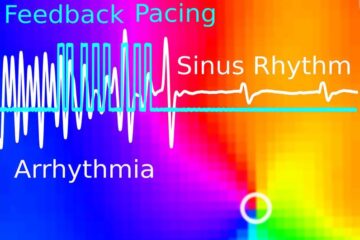Scientists at UJI and CSIC patent a method to remove organic pollutants from molluscs

Bivalve molluscs (mussels, oysters, clams and cockles, among others) obtain their food by filtering sea water in order to retain the organic particles it contains. But together with nutrients, molluscs also tend to accumulate other suspended particles such as organic pollutants, which later enter the human organism when the molluscs are eaten.
The cultivation of bivalve molluscs in shallow waters close to urban, industrial and agricultural areas may cause these organisms to accumulate organic pollutants, including pesticides, polycyclic aromatic hydrocarbons, polychlorinated biphenyls, dioxins, furans and endocrine disruptors. High consumption of these polluted animals during periods of intense contamination represents a serious concern for public health.
According to a number of studies, chronic exposure to pesticides and the other pollutants mentioned above is associated to a higher risk of developing cancer and certain neurodegenerative disorders such as Parkinson’s disease. Moreover, endocrine disruptors may interact with the metabolic system of animals and humans and deteriorate a variable number of developmental functions. This is why it is necessary to detoxify molluscs before they are eaten.
To date, this decontamination consisted in treating them with filtered, sterilised water or by applying hydrostatic pressure at high temperatures for 48 hours. However, complete removal of pesticides from the tissues of the bivalve molluscs takes several days, so the conventional treatment may not be sufficient.
“The method that we have developed allows us to improve this process and means that pesticides can be removed from the tissues of molluscs twice or even four times as quickly, depending on the type of pollutant. It also increases tolerance to oxidative stress”, says Roque Serrano, a scientist at the University Institute of Pesticides and Waters at UJI and co-author of the study.
The method consists in utilising N-acetylcysteine, a substance that is capable of stimulating the intracellular synthesis of glutathione and triggers glutathione S-transferase and glutathione reductase activity in mussels. Glutathione is essential in most living organisms, since it intervenes in several very important cellular phenomena, such as detoxification of xenobiotics and the elimination of free radicals. The importance of the work carried out by the UJI and CSIC researchers lies in the fact that it proves that administration of N-acetylcysteine enhances glutathione activity in molluscs and, therefore, has remarkable applications as a technique for removing pollutants from mussels.
The researchers responsible for the invention of the method are Samuel Peña Llopis, who currently works at the Simmons Comprehensive Cancer Center at the UT Southwestern Medical Center in Dallas, Roque Serrano Gallego, from the University Institute of Pesticides and Waters at UJI, and Juan B. Peña Forner, from the Department of Biology, Culture and Pathology of Marine Species at the CSIC’s Torre de la Sal Aquaculture Institute.
Media Contact
More Information:
http://www.uji.es/ES/noticies/detall&id_a=10952204All latest news from the category: Agricultural and Forestry Science
Newest articles

Wildfire danger to increase due to climate change
WSL Institute for Snow and Avalanche Research (SLF) researchers expect an elevated wildfire danger in the Alpine Foreland from 2040 onwards due to changing meteorological conditions. The danger currently remains…

Advanced Brain Science Without Coding Expertise
Researchers at Helmholtz Munich and the LMU University Hospital Munich introduce DELiVR, offering a new AI-based approach to the complex task of brain cell mapping. The deep learning tool democratizes…

Gentle defibrillation for the heart
Using light pulses as a model for electrical defibrillation, Göttingen scientists developed a method to assess and modulate the heart function. The research team from the Max Planck Institute for…





















